1. Precise Temperature Control
Unlike domestic fridges, pharmaceutical fridges are designed to maintain a consistent temperature—typically between +2°C and +8°C. Fluctuations, even of just a few degrees, can compromise the efficacy of vaccines or medications.
Key Features to Look For:
-
Digital temperature control and display
-
Low temperature tolerance (±1°C)
-
Forced air circulation or fan-assisted cooling to maintain uniform temperature
2. Temperature Monitoring and Alarms
A reliable fridge should constantly monitor internal temperatures and alert you immediately if there’s a deviation.
Important Safety Features:
-
High/low temperature alarms
-
Power failure alarms
-
Door ajar alarms
-
External temperature monitoring systems (with data logging and remote access)
3. Frequency of Access
In high-traffic environments where the fridge door is opened regularly, maintaining a stable temperature becomes more challenging. A fridge with fast temperature recovery is essential.
Look for:
-
Glass or solid self-closing doors
-
Internal fan systems for rapid cooling recovery
-
Door open delay alarms to prevent prolonged exposure
4. Storage Capacity and Shelving
Evaluate how much storage you need—not just for today, but for the future.
Consider:
-
Volume (litres or cubic feet)
-
Adjustable shelves or drawer systems
-
Interior layout that allows for organized, visible storage without overloading
5. Compliance and Certifications
To ensure your fridge meets industry standards for storing pharmaceuticals or vaccines, check for compliance with regulatory bodies.
Common Standards:
-
WHO PQS (Performance, Quality and Safety)
-
ISO certifications
- ATEX Compliance
6. Data Logging and Remote Monitoring
Automated data logging helps with regulatory compliance and ensures traceability. Remote monitoring can alert staff to issues even outside of working hours.
Must-Haves for Many Labs and Clinics:
-
Built-in or external data logger
-
USB or cloud-based access to temperature records
-
Wi-Fi or GSM connectivity
7. Build Quality and Energy Efficiency
Investing in a well-built unit saves money long-term and reduces the risk of malfunction. Energy-efficient models lower running costs and reduce environmental impact.
Check For:
-
Sturdy construction and insulation
-
Quiet, efficient compressor systems
-
Energy Star rating or similar
In conclusion:
Choosing the right pharmaceutical fridge isn’t just about keeping things cold—it’s about ensuring the safety, potency, and compliance of critical medical and scientific materials. By prioritizing precise temperature control, alarm systems, storage needs, and regulatory compliance, you’ll be well on your way to making a reliable, informed decision.
Remember: A quality pharmaceutical fridge is an investment in safety.



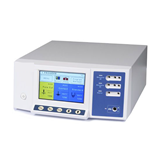


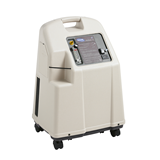




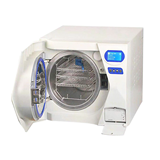


-160x160-state_article-rel-cat.png)



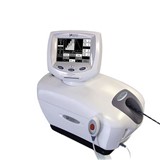

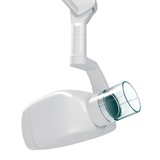
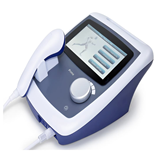

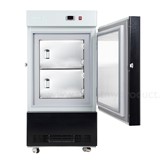
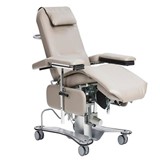












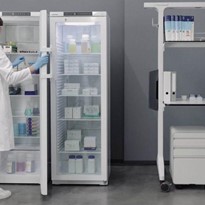





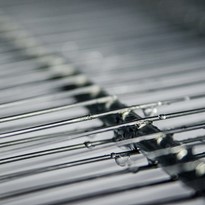
-205x205.jpg)